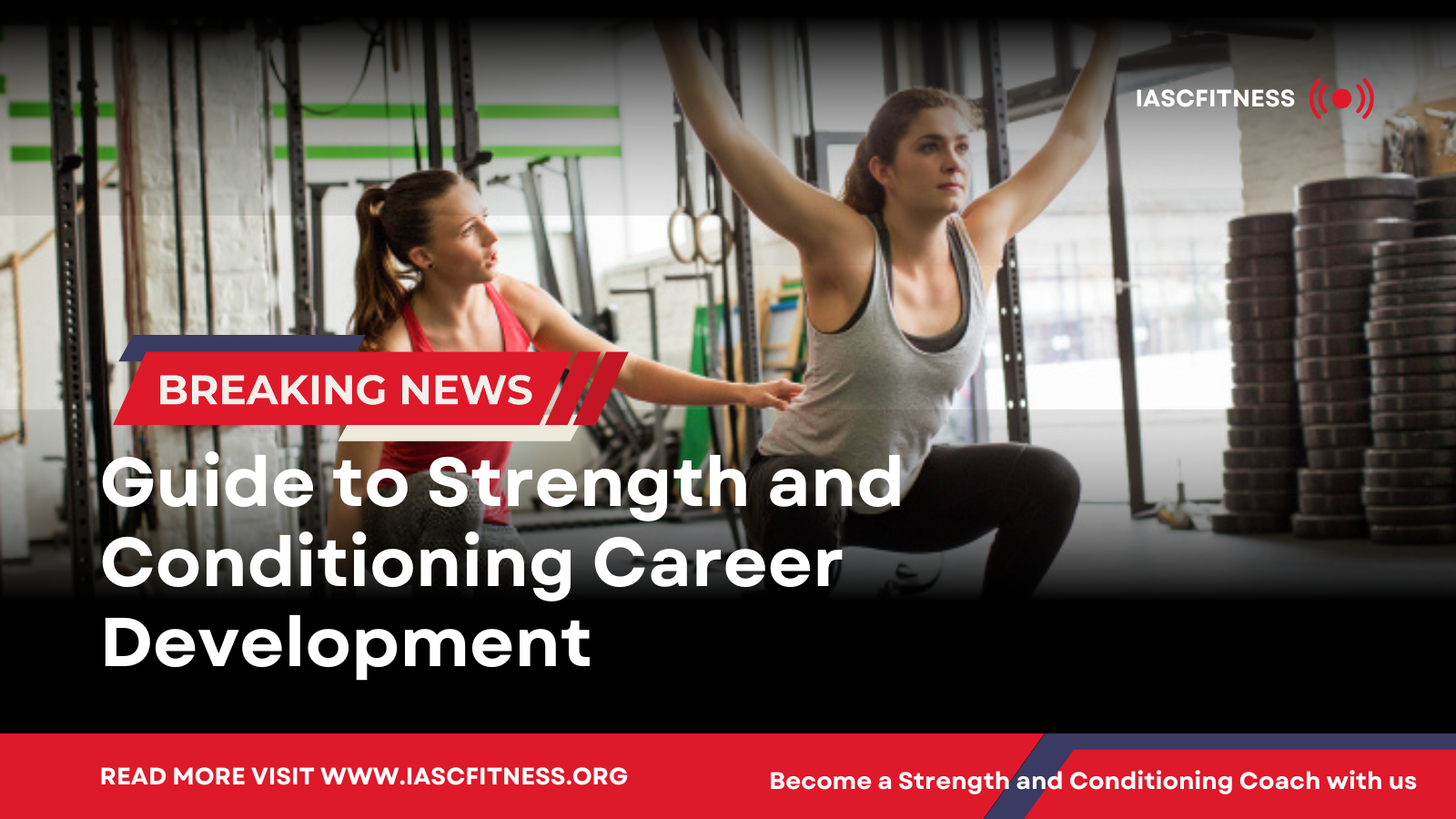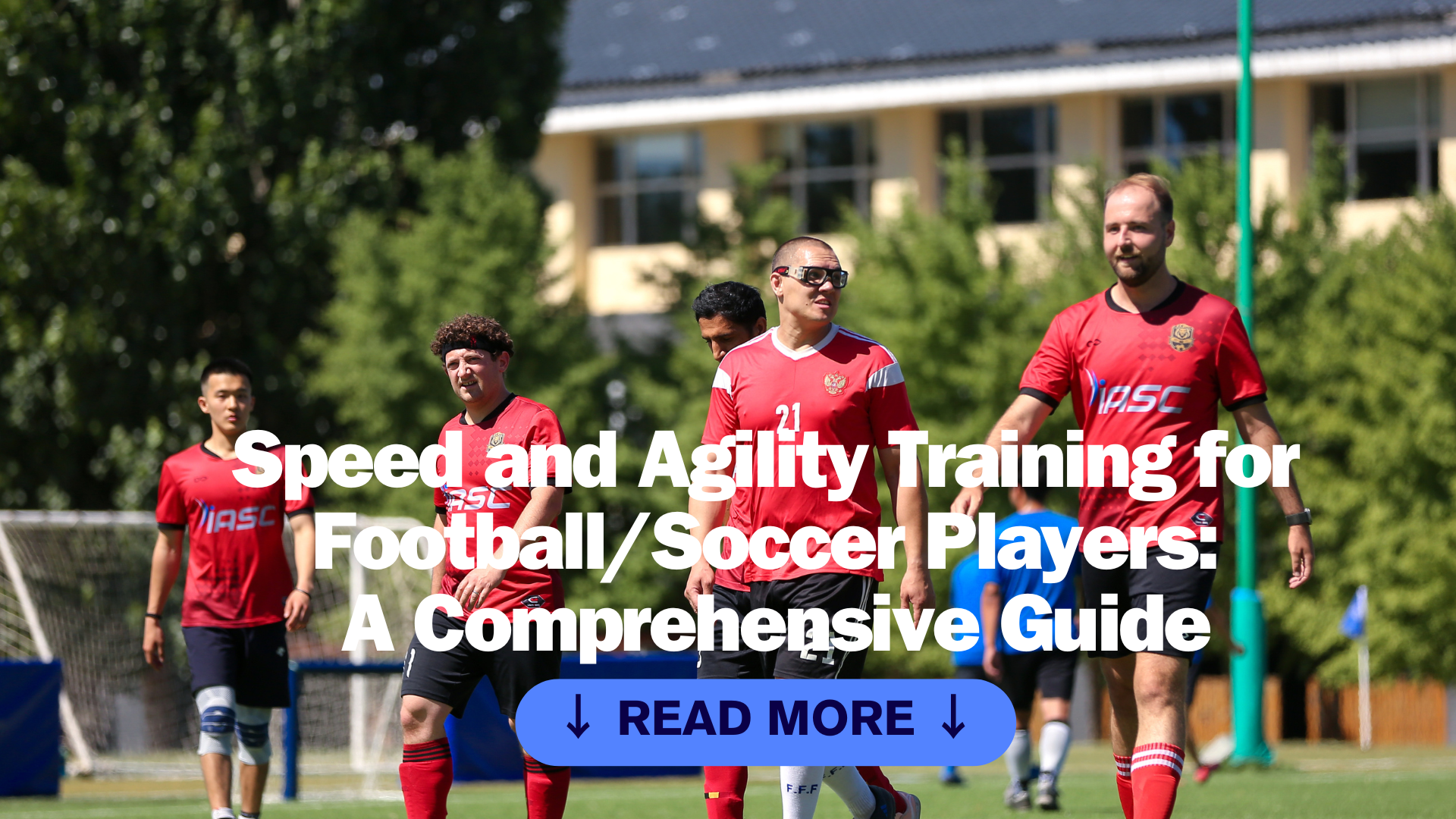A career in strength and conditioning offers a chance to blend sports science with athlete development. But today’s strength and conditioning coaches face unique challenges. The competitive nature of the field, especially at collegiate and professional levels, often makes it difficult to find stable positions. Many professionals even exit the field within a decade due to limited opportunities, unclear role definitions, and salary issues. Yet, as the demand for high-quality coaching grows, there’s also an increasing variety of options at youth levels and in private facilities. This guide outlines a potential career roadmap for newcomers and provides a framework for experienced coaches to assess and enhance their skills.
1. Foundation Stage: University Student or Former Athlete
- Pathway: Many coaches start after completing a formal education or ending an athletic career. While some may have sports science degrees, others may rely on personal training experience. A blend of formal education and hands-on training is ideal.
- Coursework and Certifications: Studying sports science provides essential knowledge, but experience is also crucial. Key certifications like the IASC Certification equip coaches with foundational skills and credibility.
- Practical Exposure: Whether through practicums, internships, or working with skilled mentors, firsthand exposure to strength and conditioning prepares students for the demands of this career.
2. Initial Experience: Strength and Conditioning Intern or Graduate Assistant
- Entry-Level Roles: Graduates may start with internships or assistant roles in schools or private gyms. Though these roles often come with minimal pay, they offer valuable real-world experience.
- Hands-On Skill Building: Many coaches continue their studies and certifications while interning. Roles may require program design, basic coaching duties, and administrative tasks. Internship experiences vary widely, so selecting programs with solid reputations is essential.
- Relocation and Adaptability: Early-career coaches may need to relocate for opportunities, a common reality in this career path.
3. Growth Phase: Assistant Strength and Conditioning Coach
- Responsibilities: In this role, coaches typically work directly under a head coach, managing specific teams or athletes. Learning to work independently, developing training plans, and using athlete performance tracking tools become routine.
- Skill Development: Besides coaching, assistants are expected to build skills in budgeting, using sports technology, and applying research to practice. Attending conferences and seminars further enriches professional growth.
- Career Advancement: Coaches often spend around 2–5 years in assistant roles before advancing. Career mobility varies, with some quickly advancing to head positions, while others choose long-term roles focusing on training rather than administrative duties.

4. Leadership Role: Head Strength and Conditioning Coach
- Role and Compensation: Head coaches not only train athletes but also manage assistant coaches, develop programs, and set strategic goals. In high-profile sports, head coaches often earn significant salaries.
- Program Oversight: Head roles require expertise in both coaching and program management. Tasks range from developing staff to managing team-specific training approaches.
- Continual Learning: Many head coaches contribute to the field through research, presentations, and workshops. Their role is pivotal in shaping future professionals and driving ethical leadership standards in strength and conditioning.
5. Executive Path: High Performance Manager or Associate Athletic Director
- Administrative Role: As sports evolve, performance management roles blend coaching with overseeing medical, training, and conditioning departments. These high-level roles are critical to organizational success, although they may limit direct coaching responsibilities.
- Advocacy for Coaches: Those who manage departments influence compensation and career growth opportunities for other coaches. With strength and conditioning coaches working closely with athletes, having their representation in administrative roles is essential for the profession’s evolution.
- Policy and Best Practices: In addition to administrative duties, these leaders set standards, ensuring that coaching aligns with sports science and athlete health priorities.
Success in Strength and Conditioning: Final Thoughts
The strength and conditioning field demands both technical and interpersonal skills. Successful coaches must be adaptable, committed to lifelong learning, and able to navigate dynamic work environments. With dedication to skill-building, networking, and continuous education, coaches can find meaningful, long-term roles in a competitive industry. As the field grows, the most adaptable and driven professionals will shape the future of athletic performance.







